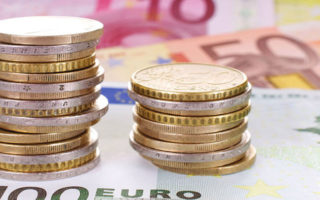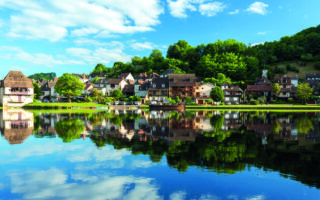Landes: French Property Location Guide
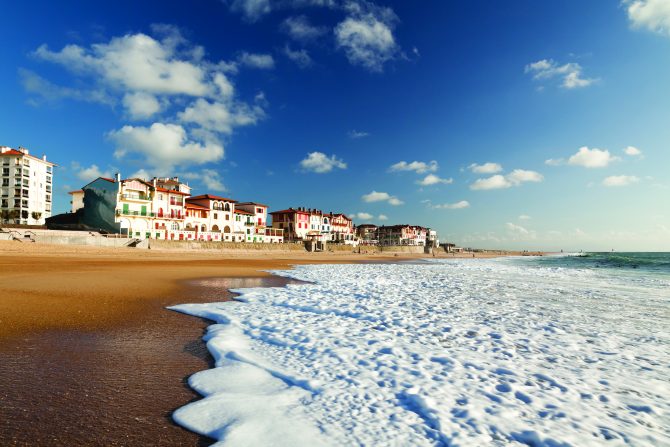
Known for its pine forests, Landes also draws tourists with its sandy beaches, surfing and outdoor charms, says Catharine Higginson
Les Landes, the 40th department in France, is part of the Nouvelle-Aquitaine region. Bordered by Gironde to the north, Pyrénées Atlantique to the south, Lot-et-Garonne and Gers to the east and the Atlantic Ocean to the west, Les Landes, is around 220km long and 100km wide. It’s best known for its forest, mainly of maritime pines, which is one of the largest in Europe and covers over 65% of the department.
Prior to 1850, the area was pretty much entirely composed of poorly drained, open marshy land. The few inhabitants were mainly agricultural workers, with shepherds moving around on stilts, which made it easier and faster to cover the vast distances involved in their work.
In 1857, Napoleon III passed a law designed to clean up and cultivate the region. Vast numbers of pine trees were planted to help drain the land and the industry gradually changed from sheep farming to resin collection.
Today, forestry is still a very important part of the Landaise economy, with the majority of the timber going for plywood panels and veneers, flooring and pulp. However, agriculture also features heavily, with a lot of corn produced around the Adour along with vines and asparagus; beef in the Chalosse; and of course, chickens, geese and the world-famous ducks, which are turned into confit de canard and foie gras.
But the biggest employment sector is tourism. More than seven and a half million overnight stays are registered every year. Tourism is generally concentrated on the coast at the seaside resorts of Biscarrosse, Mimizan, Hossegor and Capbreton, but the spa towns of Dax, Saubusse, Préchacq-les- Bains and Eugénie-les-Bains also see thousands of visitors.
Landes has four main parts. The Côte Nord includes the resorts of Biscarrosse and Mimizan, the regional natural park, as well as numerous beaches, lakes, dunes and forests, with the Gironde in the north forming its border.
On the Côte Sud, the seaside towns of Vieux-Boucau-les- Bains, Seignosse, Hossegor, and Capbreton are incredibly popular with holidaymakers and surfers, with Hossegor and Seignosse being world-class surf spots. Long sandy beaches, lakes, forest hiking trails and cycle paths abound and as you get closer to the Basque border, you can see a change in the architectural influences.
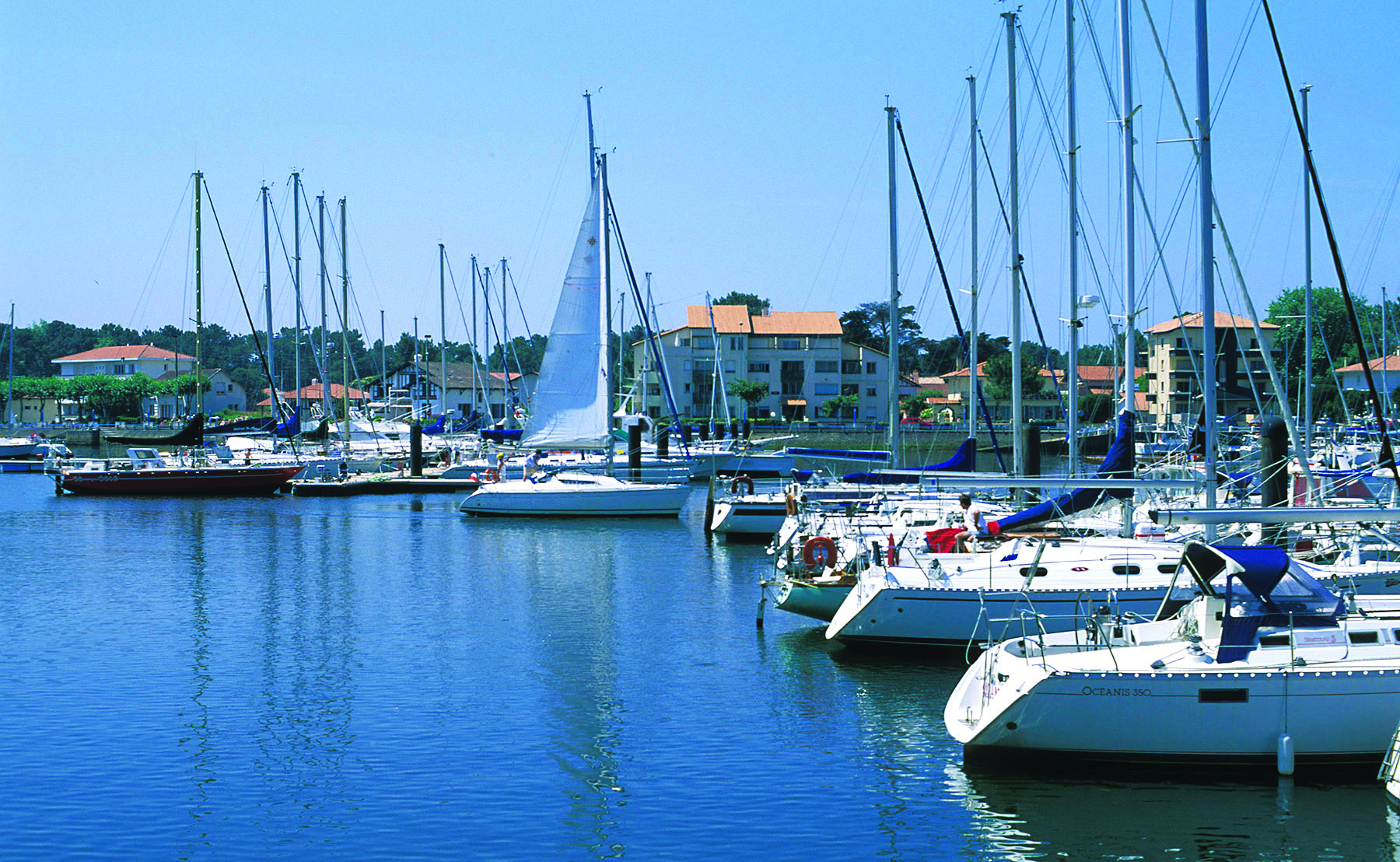
Port de plaisance de Capbreton – Brochard
Further inland, the charming town of Mont-de-Marsan is home to the Landes prefecture and from here you can explore the armagnac region and its stunning bastides. Life here is all about tradition and good living and even the tiniest of villages will have its own fête.
Below this, the town of Dax and the Chalosse, Tursan and Adour regions sit at a crossroads between Béarn, the Basque Country and the Landaise forest. It’s an agricultural region full of rolling valleys, green hills and panoramic views towards the Pyrénées. Dax itself has undergone major changes in recent years from a sleepy spa town into a thriving conurbation. This has been partly due to increasing Bordeaux property prices and improved transport links to Paris and beyond, thanks to high-speed rail links. This has made Dax and the surrounding areas a viable prospect for people who might otherwise have bought in Bordeaux.
The department’s council has invested heavily in urban regeneration projects and with many higher education institutes opening and expanding in Dax, the resulting influx of young people has given the town a new lease of life. Mont-de-Marsan is heading in the same direction and both towns have good facilities and everything you’d expect to find in a decent-sized conurbation.
Les Landes is the leading thermal spa destination in France, with over 70,000 curistes visiting every year to benefit from the healing and regenerative properties of the waters, which are packed full of trace elements and minerals. Dax alone has 17 thermal establishments or thermes. Visitors to the town can even dip a hand in La Fontaine Chaude, the hot-water fountain in the town centre.
Perhaps above all, people come to Les Landes to enjoy the great outdoors-from water sports to simply swimming in the sea. The beaches are all easily accessible, several have the ‘handiplage’ accreditation, so are suitable for disabled users. There are no less than 37 identified surf spots and close to almost every beach there are places where you can hire surfing, bodyboarding, kitesurfing, diving, sand yachting, sailing, wakeboarding, water skiing and stand-up paddle boarding equipment. There are numerous lakes where you can go boating, fishing, rent a pedalo, canoe or kayak.
In Les Landes there are almost endless opportunities for walking and hiking too, including more than 3,500km of marked trails, both on the coastal forest tracks and in the department’s interior. Cyclists are equally well provided for with several long-distance routes crossing the region in addition to the routes linking the various seaside resorts. There are also numerous water parks open in the summer months and ‘accrobranche’ (aerial adventure) parks, as well as go-karting tracks, trampoline parks, equestrian centres and golf courses.
Another reason the region is popular with both visitors and residents is the weather. As the entire west of the department is bordered by the Atlantic Ocean, the climate is generally oceanic and mild; this means quite wet and windy in the autumn and winter, hot and often humid and stormy in summer.
Temperatures inland can be much more extreme, with the mercury in Mont-de-Marsan dropping as low as -23°C one winter. However, in general, residents can count on early sunny springs, hot summers and warm autumns and it is probably the climate more than any other factor that makes the region such a magnet for those who enjoy outdoor activities.
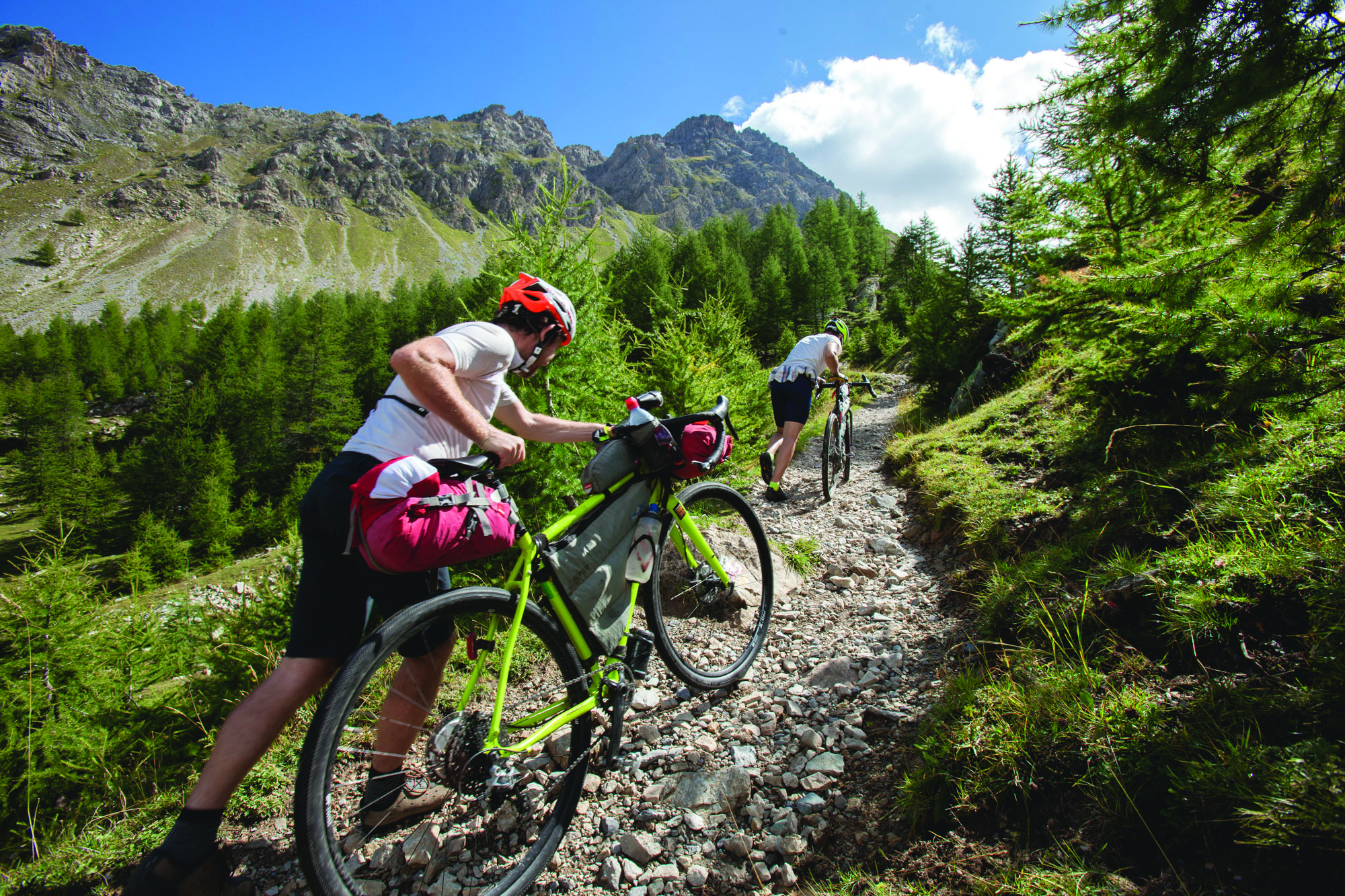
Tourists come to Landes for its outdoor activities
With all this going for it, you would think property prices would be high. And yes, they are on the increase, but they are still very reasonable in comparison with places like Bayonne or Bordeaux. There are the usual variations within the department, but there are plenty of bargains to be had.
Average square metre prices within Les Landes are €3,463 for an apartment and €2,929 for a house. Obviously, coastal resorts are going to be more expensive and it is really these high prices that make the ‘average’ price per square metre so high. Soorts-Hossegor is the most expensive at €7,938/m² for a house and €9,651/m² for an apartment. However, beachside properties can be rented out here for astronomical weekly rates – between €10,000 and €20,000 is not uncommon – so this goes some way to explaining the high prices.
Capbreton is a fishing port with a harbour, and the yachting community has also kept prices high here with houses at €6,282/m² and flats around €6,105/m². Seignosse is lower at €4,788/m² for houses and €6,338/m² for flats; again the rental market is very strong here and the prices reflect that. Biscarrosse is cheaper with houses costing an average per metre squared of €4,003 and apartments €3,998, while Mimizan, a charming resort, comes in at €3,963 for houses and €3,191 for flats. A sea view is wonderful, but for most buyers, looking further inland, even just a little way, will give you more choice and better value for money. St-Vincent-de-Tyrosse is a good example of a great location that’s only about 15/20 minutes from the beach, yet has everything needed for day- to-day life, easy access to open countryside – and reasonable property prices at €3,130/m² for houses and €3,058/m² for flats.
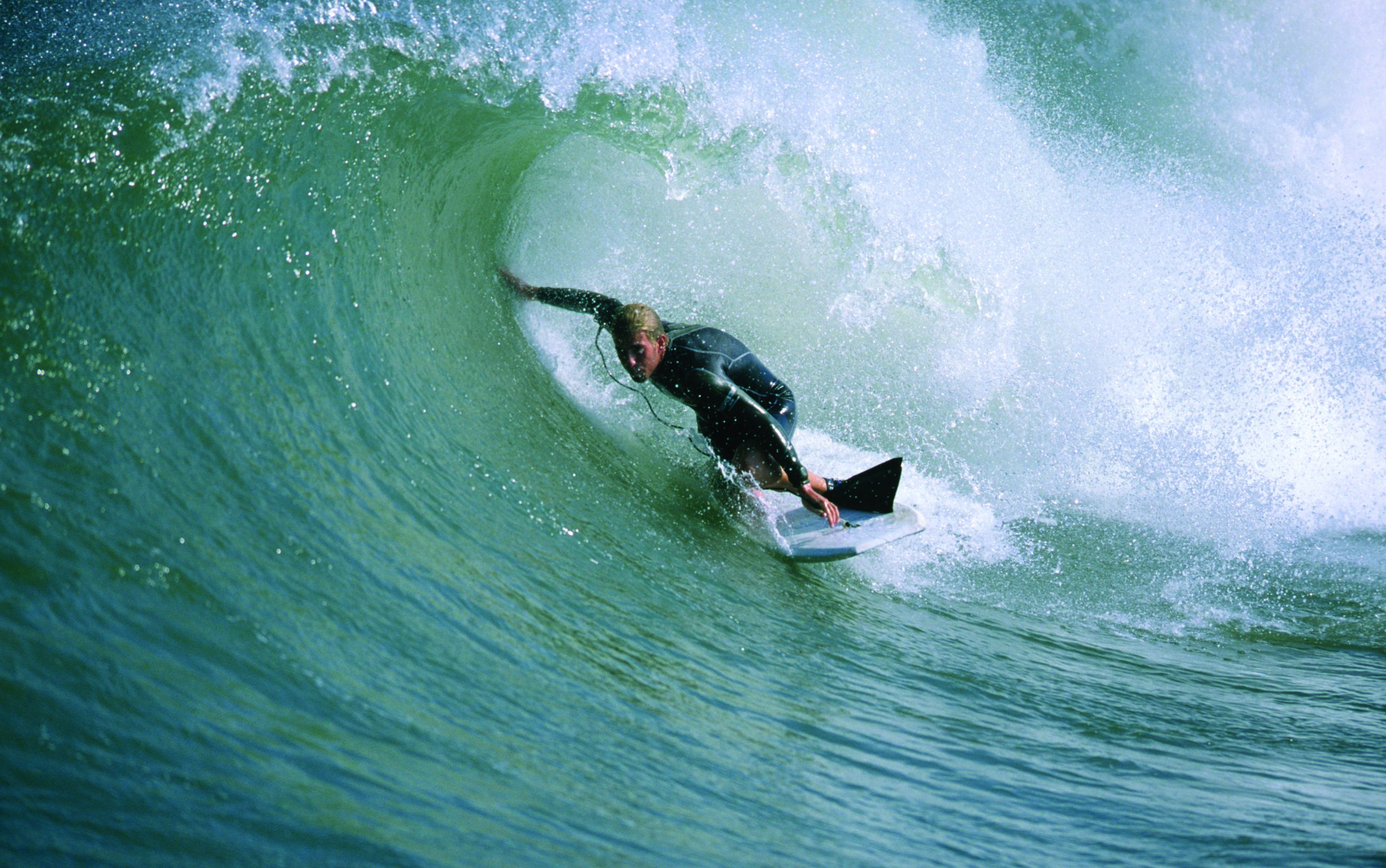
– Brochard
Dax is further from the coast and cheaper still at €2,532/ m² (houses) and €2,467/m² (apartments) and the rental market is extremely buoyant here, so property is a good prospect for investment too. Average square metre prices in Mont-de-Marsan are €2,196 for houses and €2,202 for apartments and again, the town is being regenerated so it’s a good investment prospect.
Smaller towns within Les Landes provide really good value for money. St-Sever has become very popular with British buyers over the past few years. Surrounded by beautiful countryside and with stunning older properties, the reasonable prices are a big draw. Expect to pay around €1,990/m³ for a house and €1,888/m³ for a flat. Interestingly, apartment prices are lower here.
Further from the coast property is more affordable, so most buyers will opt for a house with a garden. Having said that, for second-home buyers, a flat could be perfect for holidays in the region.
Morcenx-La-Nouvelle is also worth considering, right in the middle of the Landaise forest and close to the department’s famous nature reserve, the Réserve d’Arjuzanx. The square metre prices are low ranging from €1,673 for houses and €1,882 for apartments and yet again, the coast is within striking distance.
Thinking of moving to France?
The unique mix of legal, financial and tax advice along with in-depth location guides, inspiring real life stories, the best properties on the market, entertaining regular pages and the latest property news and market reports makes French Property News magazine a must-buy publication for anyone serious about buying and owning a property in France.
Lead photo credit : Hossegor Beach, Landes - Shutterstock
Share to: Facebook Twitter LinkedIn Email
Leave a reply
Your email address will not be published. Required fields are marked *


